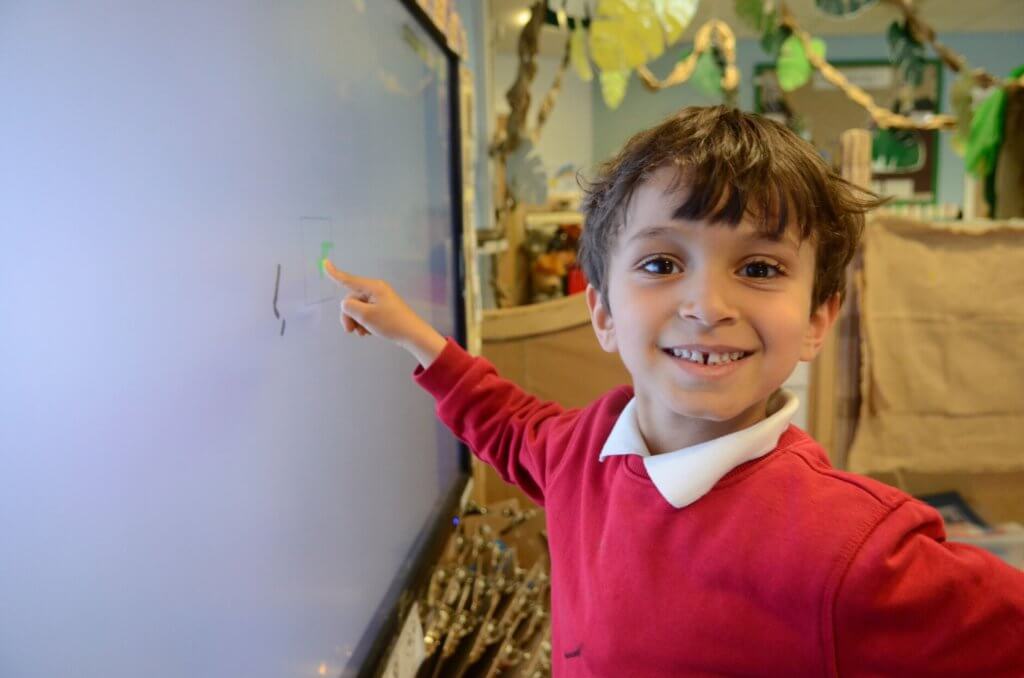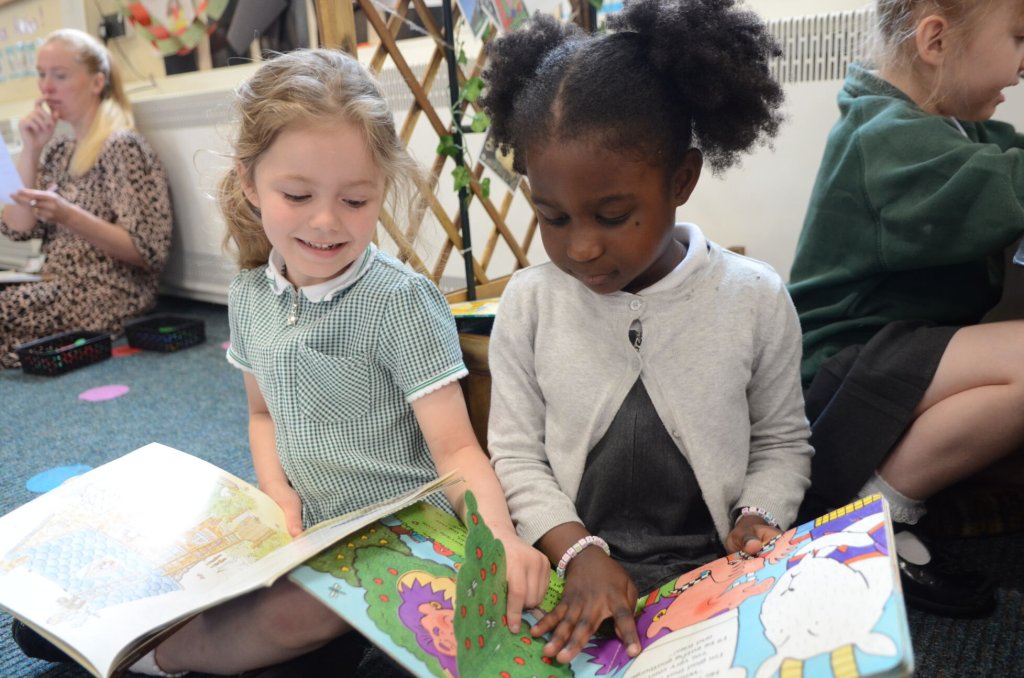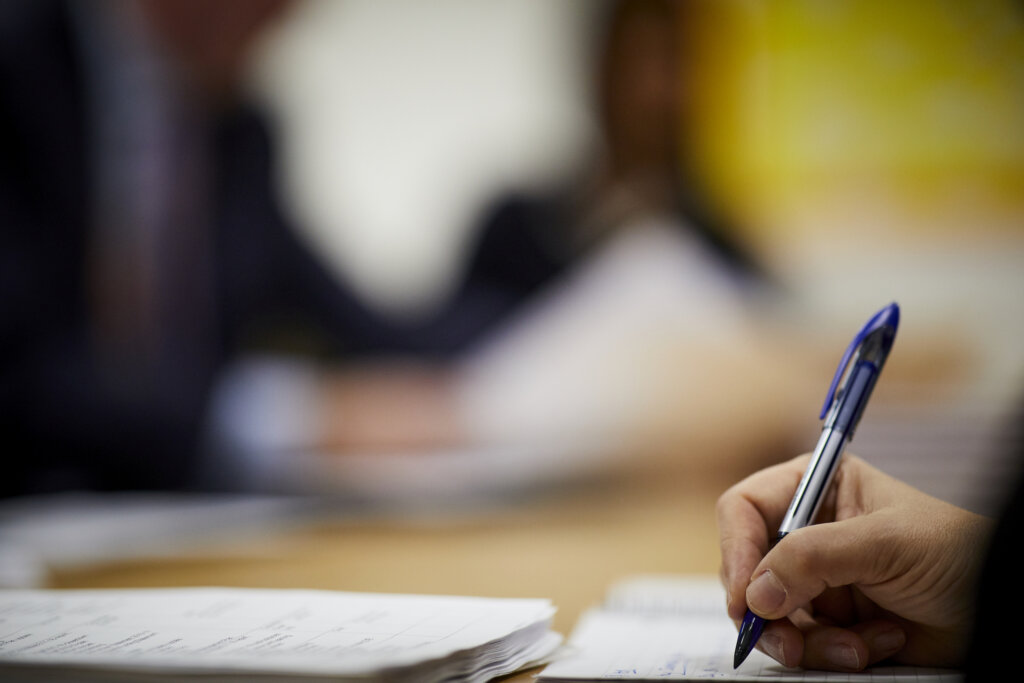Introduction to Safeguarding Assessments
Keeping Children Safe in Education (2018) states that all establishments should ensure that their staff’s safeguarding training is up to date and current. A way of doing this is for schools to self-assess their current school policy and procedures.
If you are unsure of how to conduct an effective self-assessment or would like to know more, then we can help support your School or Academy.
What is a safeguarding self-assessment?
A safeguarding self-assessment is a tool, which allows schools to assess the effectiveness of their current safeguarding policies and procedures. The assessment will take you through the basic standards for safeguarding children (6) and is a valuable investment for the future of pupils (1). As well as ensuring your schools basic safeguarding standards are met, we can support your school to go that extra mile in supporting and safeguarding your pupils.
Why is it necessary?
Working Together to Safeguard Children (2015) requires that all data is to be collected in order to ensure and provide evidence that schools are fulfilling their statutory safeguarding obligations (3). By conducting a self-assessment, you are meeting these requirements by building a record of safeguarding procedures as well as highlighting areas in need of improvement to provide better practice.
What should a safeguarding assessment cover?
A self-assessment will cover statutory safeguarding requirements put in place by Keeping Children Safe in Education (2018). These include looking at the current; child protection policy, the role of the DSL, the safer recruitment process, managing allegations (2), avoiding accidents, information sharing and preventing bullying (5). A self-assessment will also indicate the current level of safeguarding at your school. For example, it will highlight the current knowledge and ability of your DSL, the safety of the school environment, the accessibility around the school and the confidentially process. Overall, the assessment will measure how effective current policies and procedures currently run at the school and again, highlight weaknesses and need for improvement in certain safeguarding areas.
The designated safeguarding lead should take lead responsibility for safeguarding and child protection at your school. Therefore, it is the role of the DSL to contribute towards the assessment of children (4). As well as this, all professionals working with children and young people – therefore all staff within education, should be knowledgeable and aware of safeguarding in order to protect vulnerable children. Refresher training for staff should ideally take place every 3 years (8) to allow staff to understand, remain current and be comfortable with any developments that are relevant to their role (4).
Why are safeguarding self-assessments important?
All children have the right to be protected from abuse and harm and a way of doing this is to keep safeguarding policies and procedures current. Safeguarding self-assessments are important as they highlight weaknesses within current safeguarding policies. This ensures that schools have the most robust and current policies, so that they can safeguard children to the best of their ability. Manchester Safeguarding Children states that by conducting assessments, it allows staff to reflect on their practice and ensures the safety of children is always paramount and considered by all practitioners working with children and young people (7). Once schools are able to self-assess, they will be able and aware of how to conduct their own safeguarding assessment’s on a regular basis; which in return will provide optimum support systems for child safeguarding and protection.
Getting Support from us
If you are interested in learning more about self-assessments or would like to arrange a meeting with us to discuss self-assessment training then please do not hesitate to contact the Education Welfare and Safeguarding team here at One Education by email or phone.
References
1 – https://www.nfer.ac.uk/pdf/getting-to-grips-with-assessment-4.pdf
5 – https://safeguardingtool.nspcc.org.uk/self-assessment-tool/
6 – https://thecpsu.org.uk/help-advice/assess-my-organisation/
7 – https://www.manchester.gov.uk/recruit_downloads/MSCB_Annual_Report_Final_Full2013.pdf
Please get in touch or visit this Safeguarding Welfare Services section for more information.












